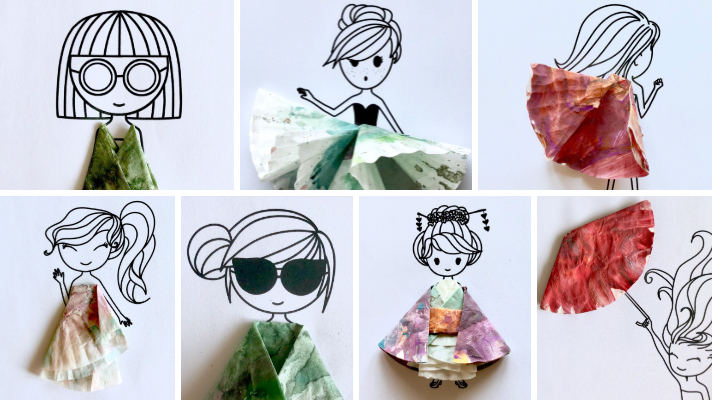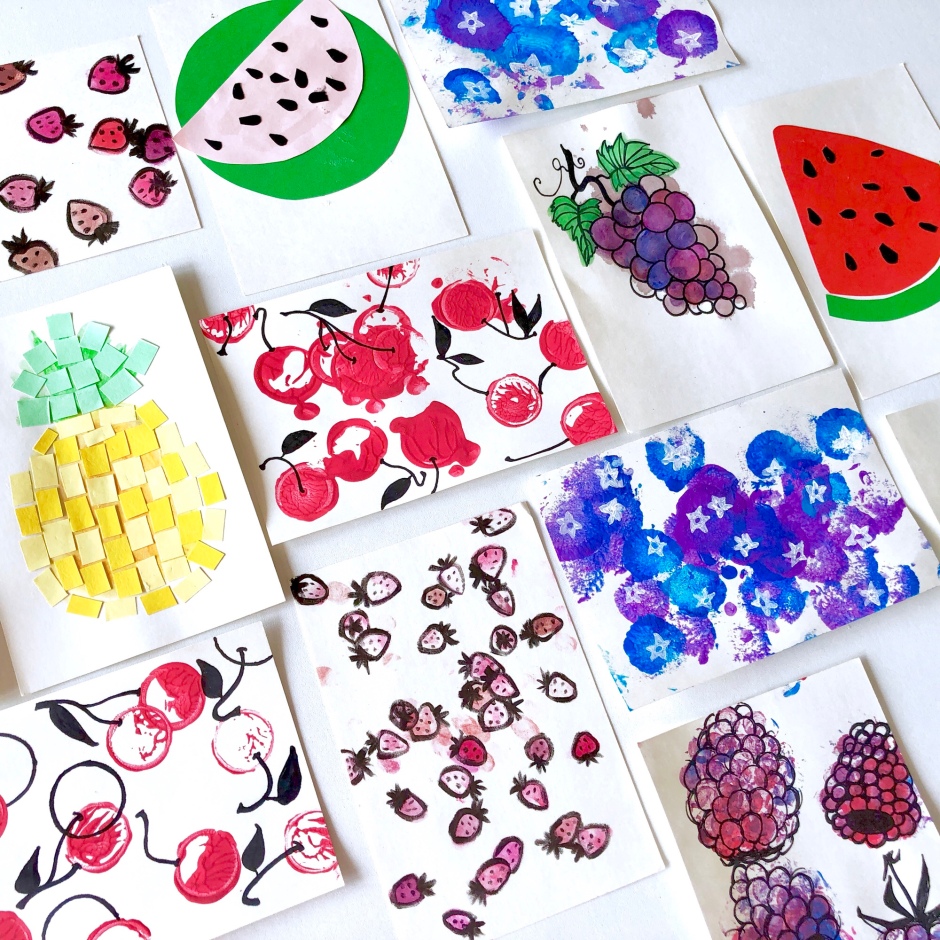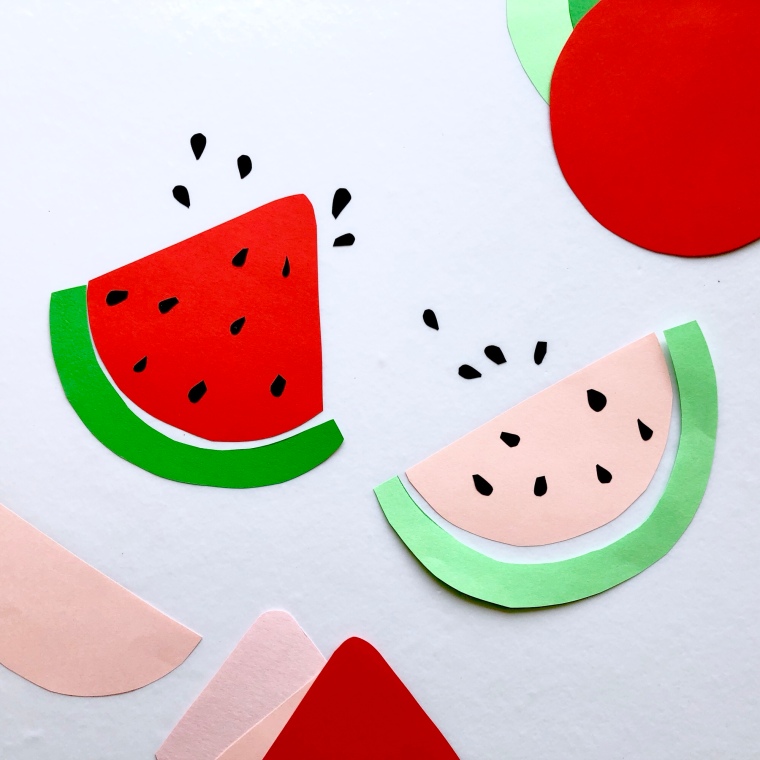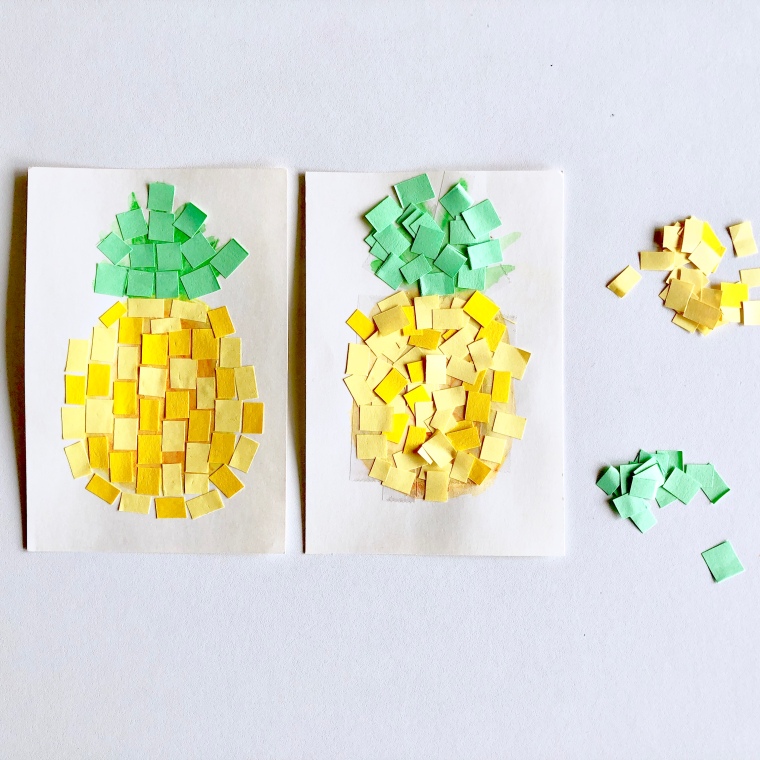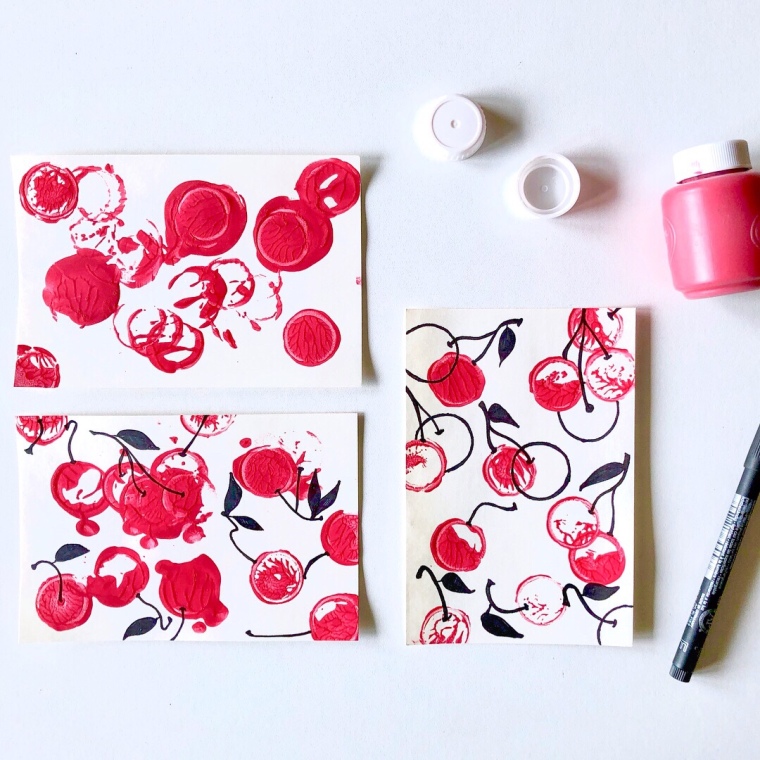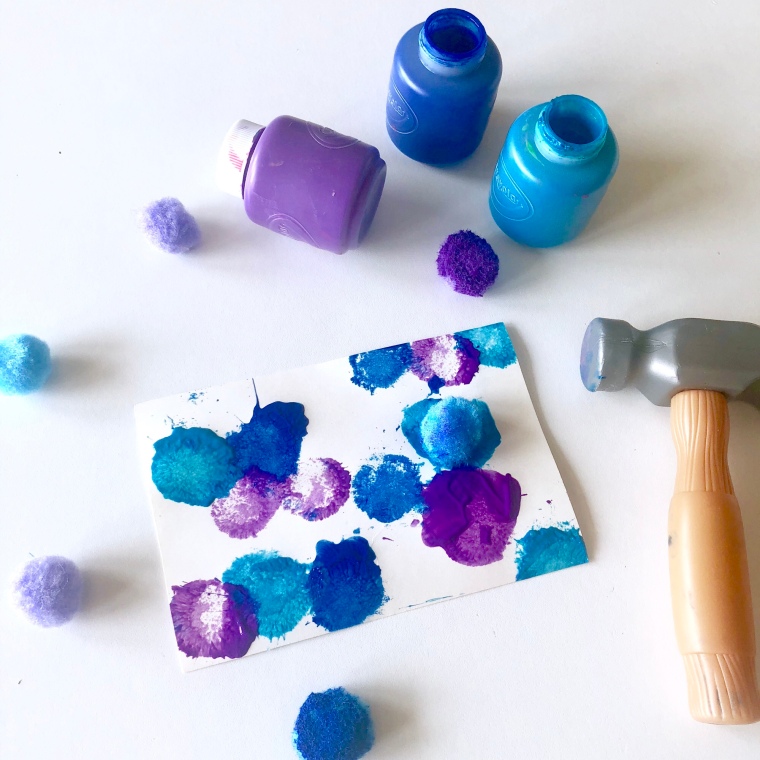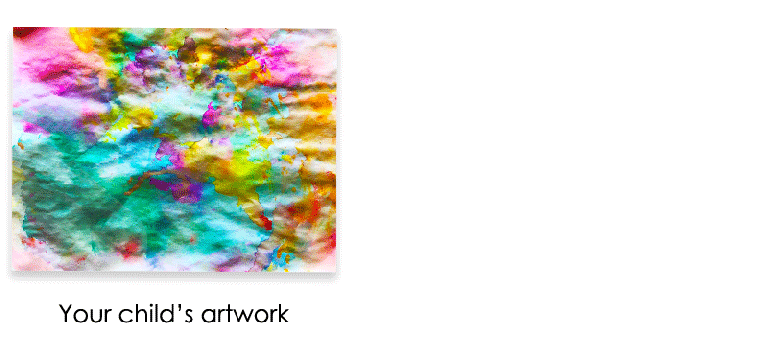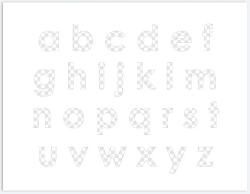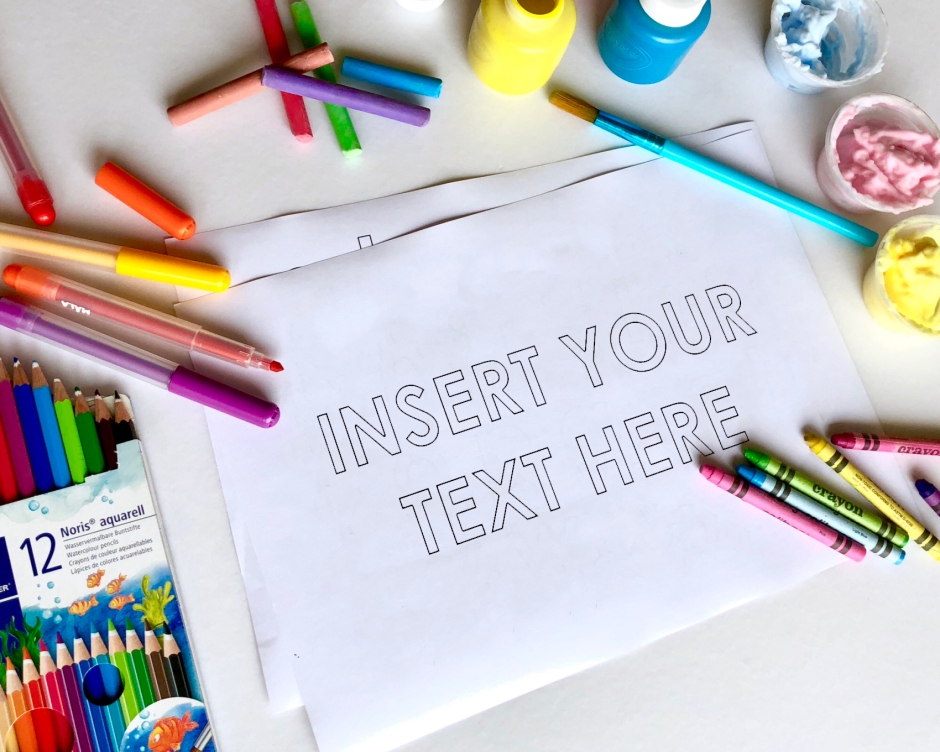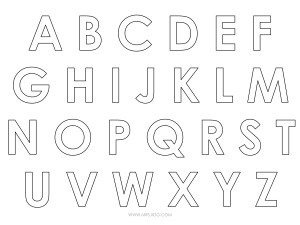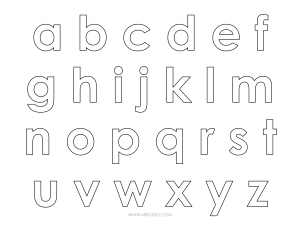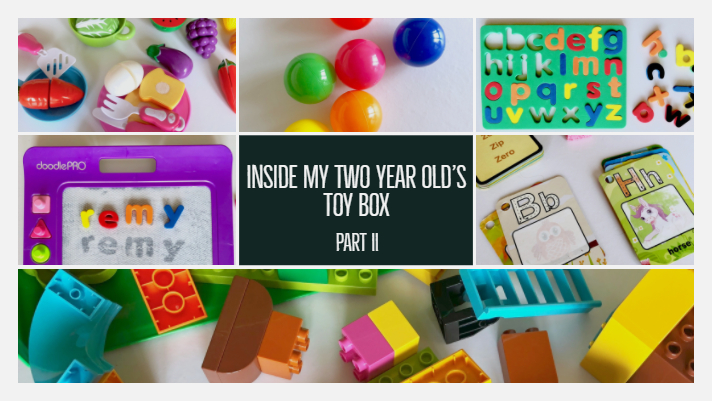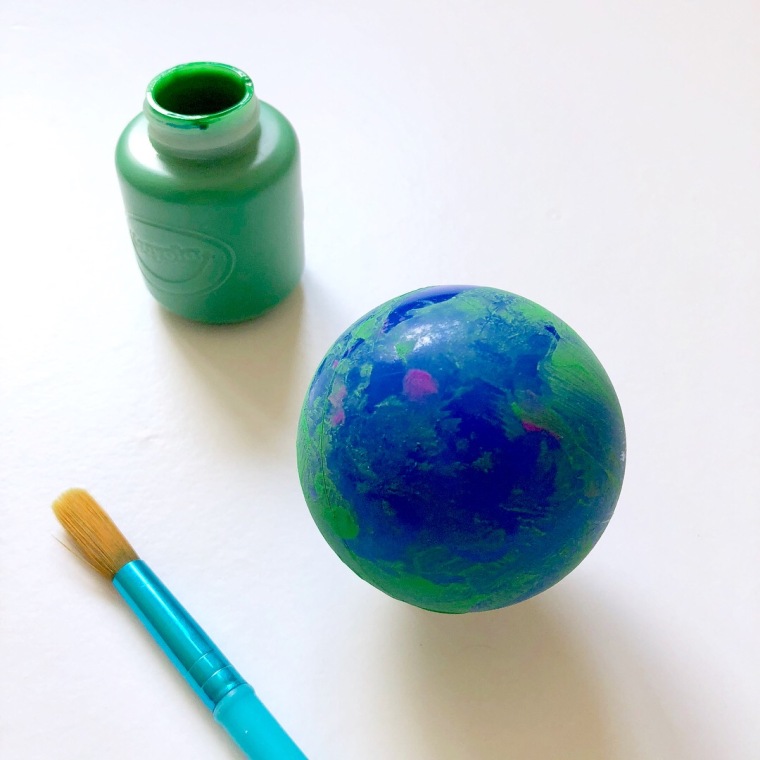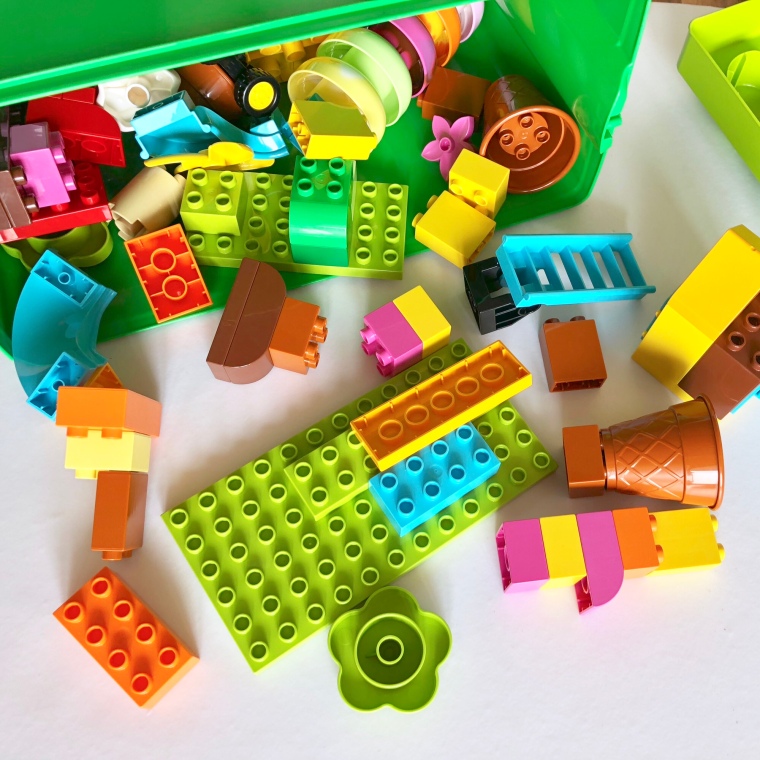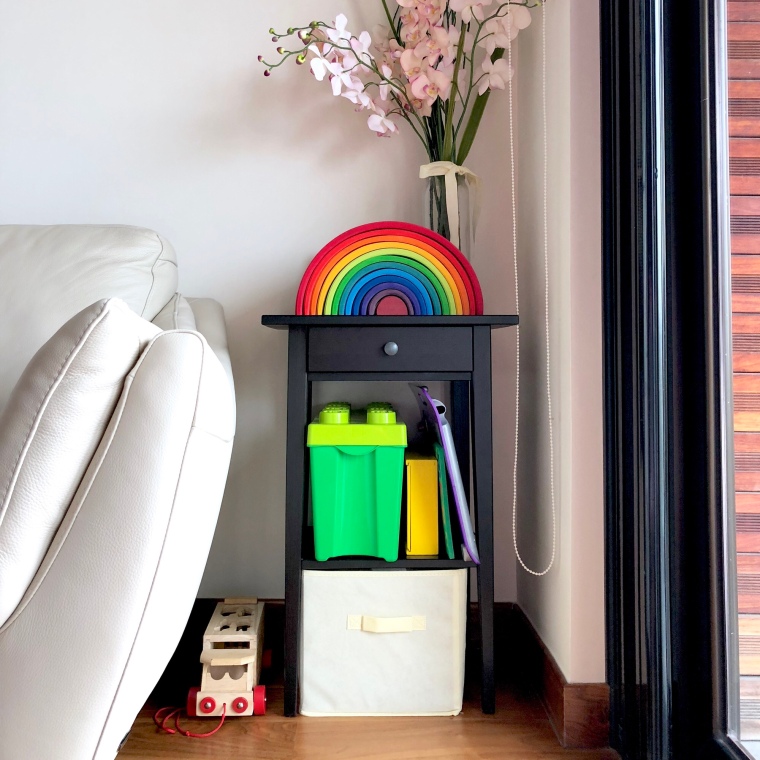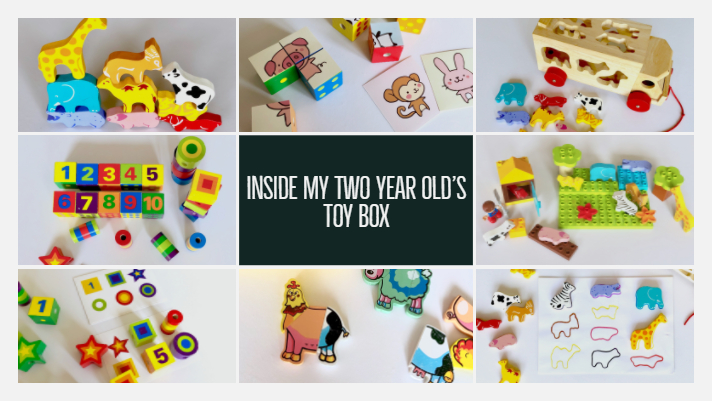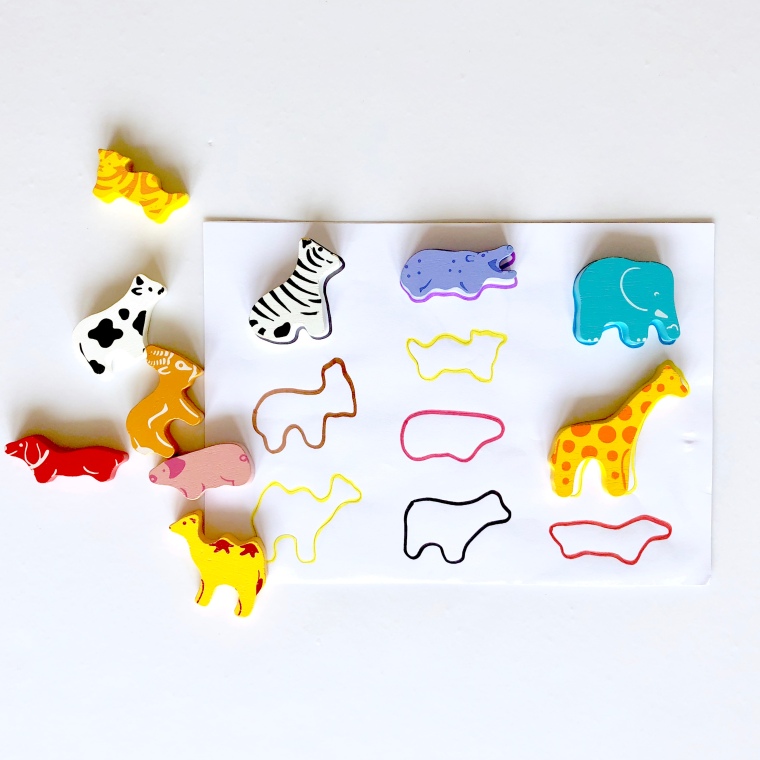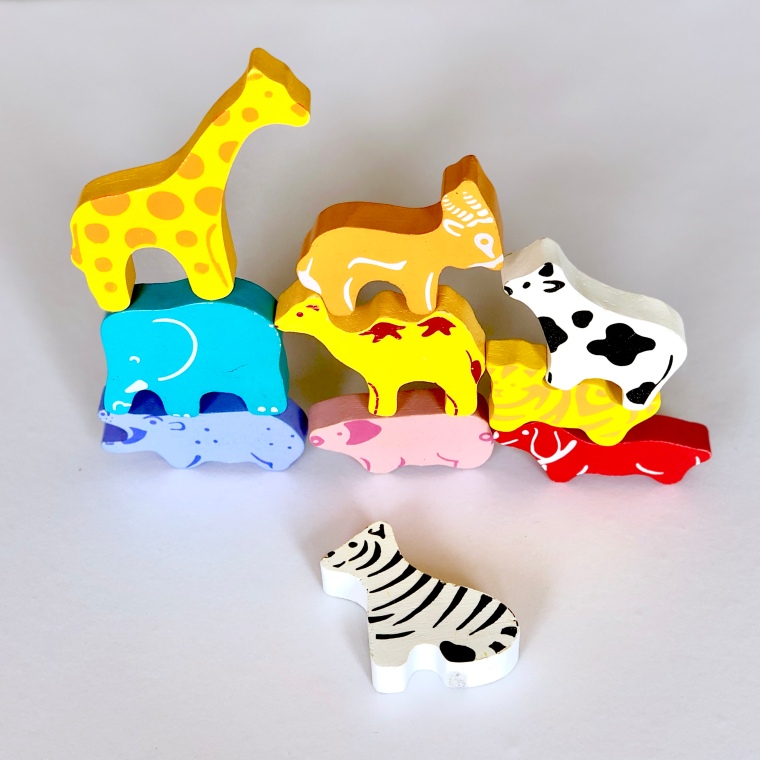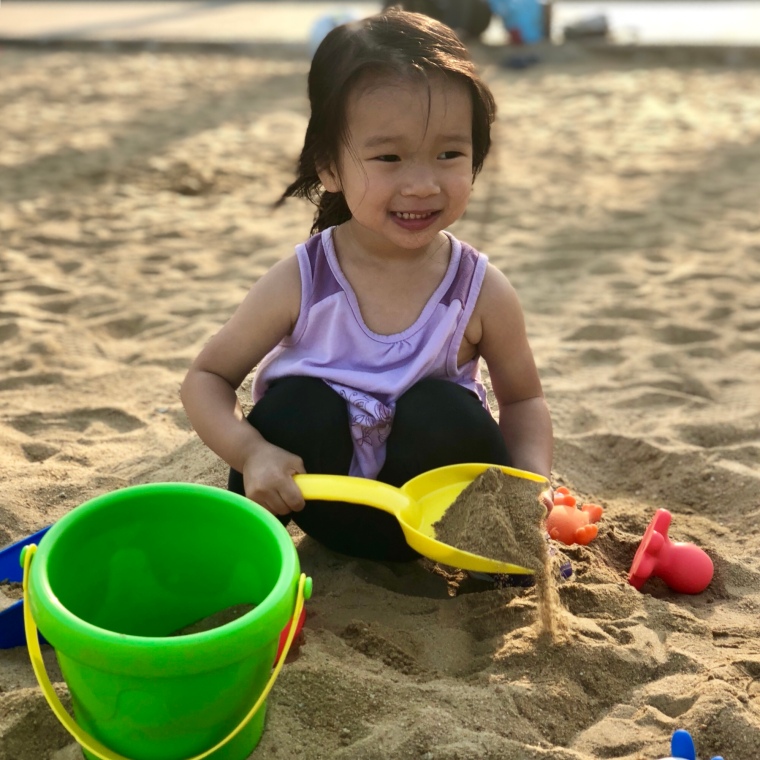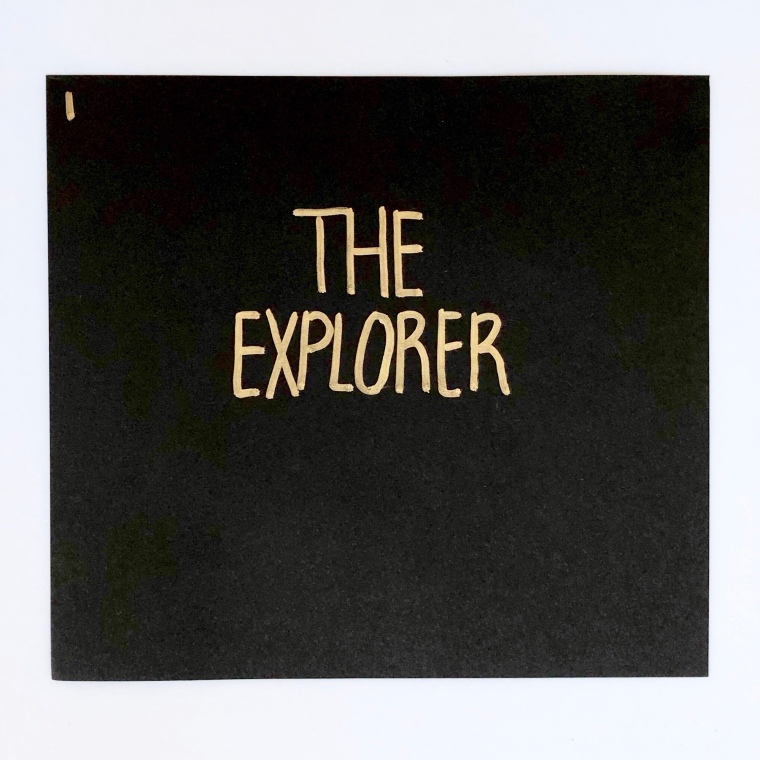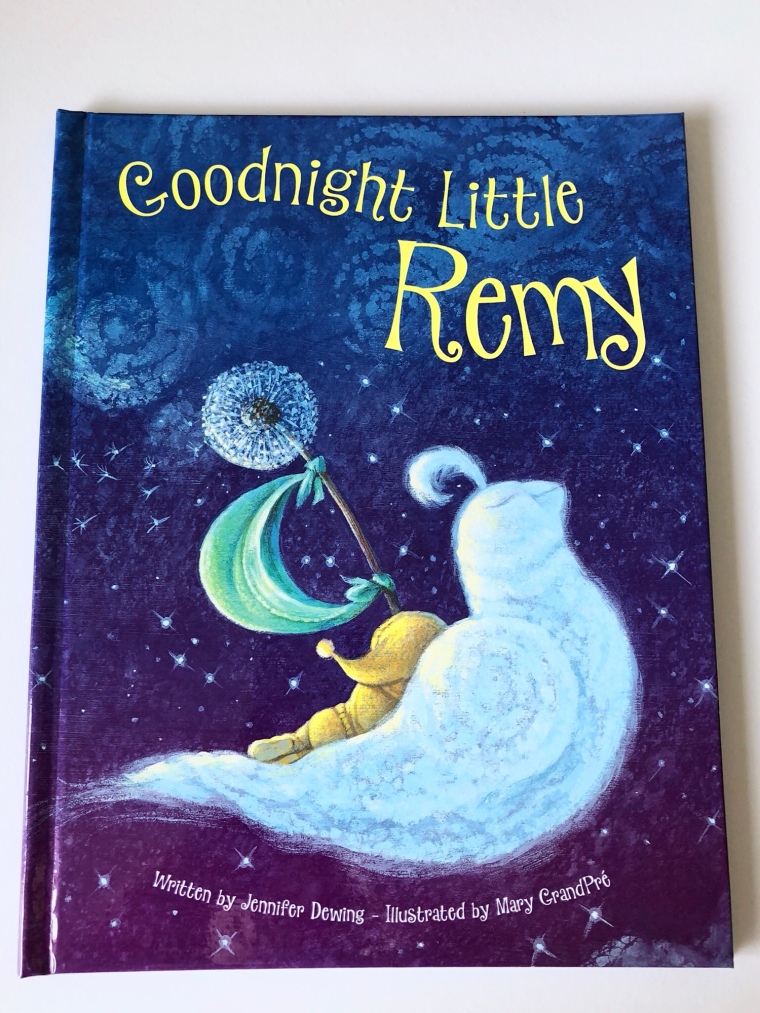The Dumpling and I recently binged on a tin of Danish butter cookies—if you have never had them, they’re dangerously addictive. Within days, we finished the entire box and were left with a few dozen white wrappers that were too good to just toss out. Instead we painted and turned them into dresses!

Materials
- Chic girl illustrations (click here to download)
- Empty butter cookie wrappers (cupcake liners work too if you want to skip the cookies…although I thought that was the best part!)
- Paint and/or watercolor
Directions

The drawings are scaled to fit the butter cookie wrappers. If they do not fit the wrappers/liners you’re using, scale the images up (or down) in the print settings by adjusting the percentage in “Custom Scale” option. For example, enter a value between 101% to 200% to enlarge, or 1% to 99% to shrink.

Paint the cookie wrappers. While we used craft paint and watercolors, any medium can be used. The former produced vibrant colors but left the wrappers stiff and crusty (therefore, hard to fold). The latter created softer effects but the wrappers ripped easily when it was wet.
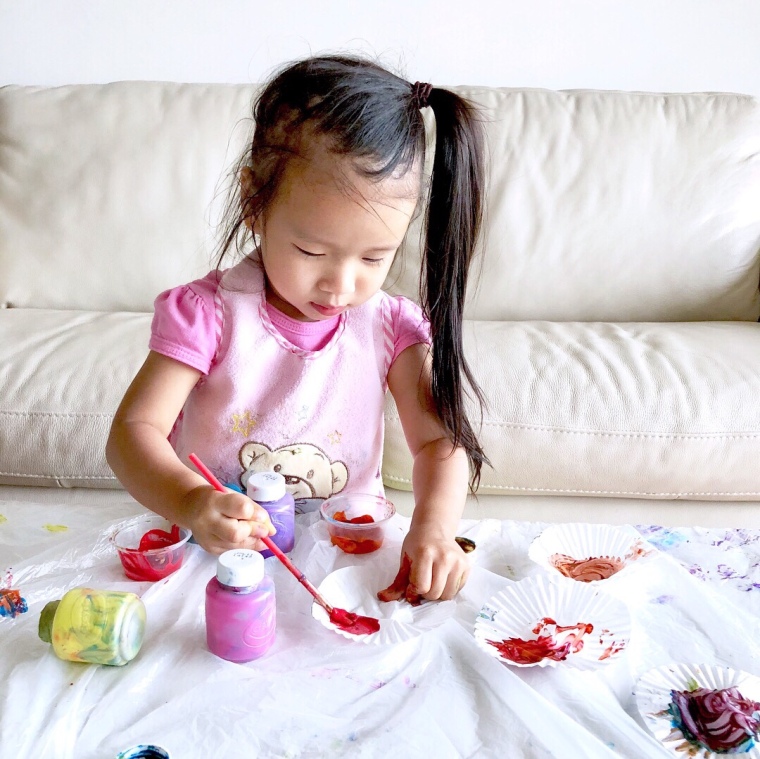

Experiment with different folds to create the outfits. We started with folding the wrappers in halves, quarters, and sixths to make dresses and skirts, but eventually ventured into asymmetrical combinations.
Our Look Book
Skirts/Dresses
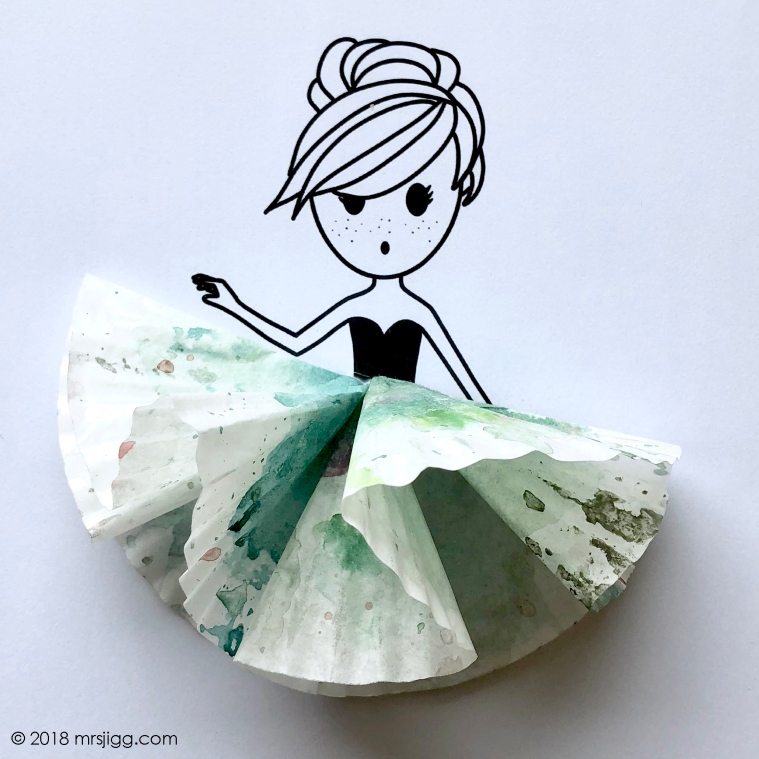


Poncho

Kimono
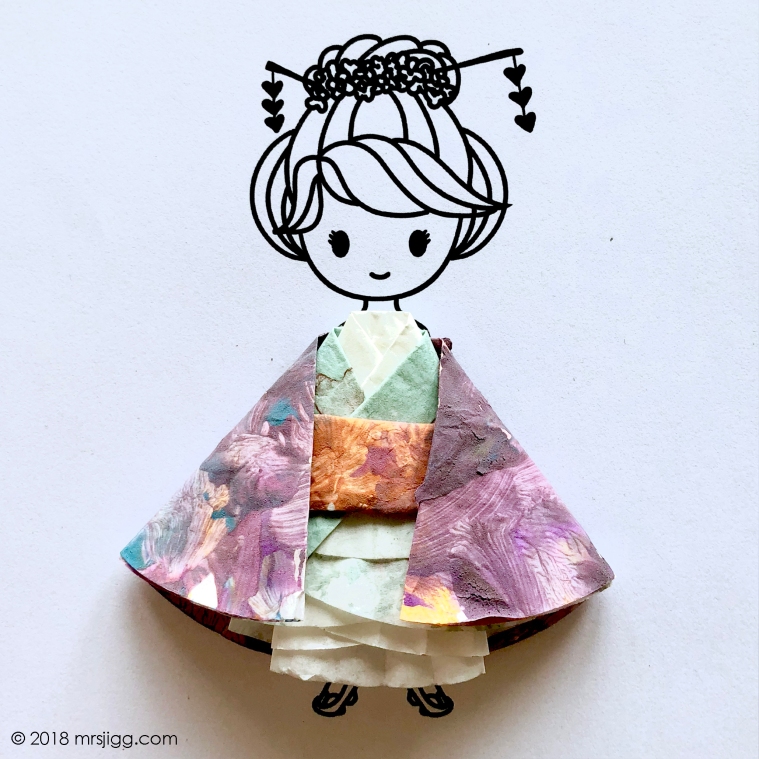

The kimono, composed of four wrappers, was probably the most complex. The first is the bottom-most layer that creates the white collar; the second is the actual kimono; the third forms the sleeves; and the fourth is the sash.
Instructions for the first and second layers:
- Fold the wrapper into unequal halves. The greater the disparity, the longer the dress.
- Make approximately a 1/4″ horizontal fold from the top to form the collar.
- Flip the wrapper over. Fold the left and right sides toward the center, dividing the wrapper into thirds with the middle section being the largest.
Instruction for the obi: Continue folding the wrapper into horizontal halves until you get the desired width.
Instructions for the sleeves: Fold the wrapper into unequal halves. Then fold the left and right sides toward the center, with the middle section being the largest.
Umbrella

Superhero cape

